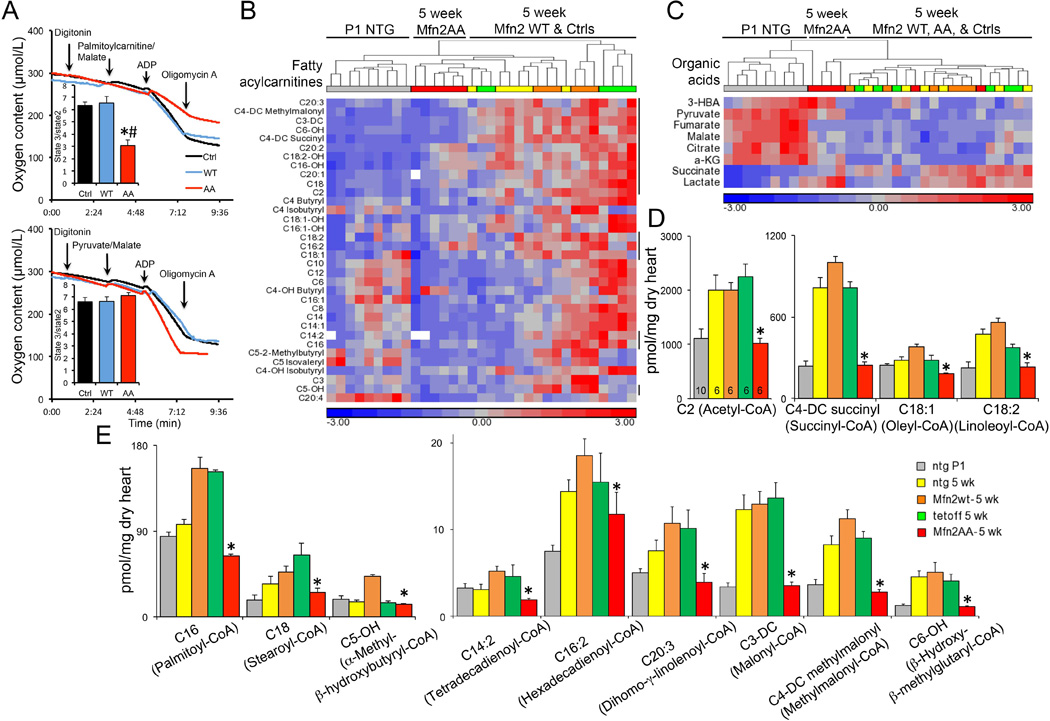Fig. 7. Adult Mfn2 AA hearts retain a fetal-like glycolytic metabolism.

(A) Palmitoylcarnitine-stimulated (top) and pyruvate-stimulated (bottom) respiration of isolated permeabilized cardiomyocytes. (B and C) Standardized heat map showing unsupervised clustering of myocardial acylcarnitine (B) and organic acid (C) metabolite content in P1 NTG and 5 week old NTG, WT Mfn2, and Mfn2 AA mouse hearts. Vertical lines to the right of (B) indicate significantly dysregulated metabolites in 5 week Mfn2 AA hearts vs contemporaneous controls. (D) Quantitative data for absolute myocardial content of dysregulated metabolites in (B). –DC and -OH designate monohydroxylated and dicarboxylic acid acylcarnitine species, respectively. Common names for parent species are in parentheses. *=p<0.05 vs WT Mfn2 (ANOVA).
